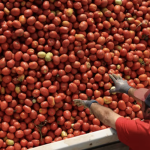Te Mata Estate’s viticulture journey
Look inside the process of changing iconic brand's viticulture systems.
Added 3 years ago
By Brenda Newth
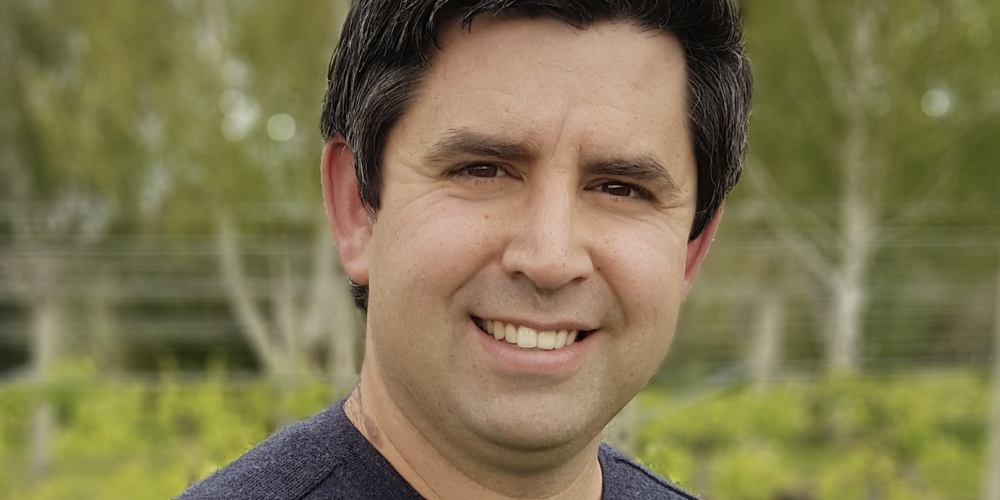
Viticulturist Brenton O’Riley shares lessons learned by Te Mata Estate as the iconic family winemaker starts the process to transform its viticulture systems.
Five years ago Te Mata instigated an intensive R&D programme with the objective of increasing wine quality and making their systems more sustainable. Activities included reducing pesticide and herbicide use, and organic trials across different regions and with different varieties.
O’Riley says that the results have been great, with the organic fruit performing well, and Te Mata winemakers happy with the quality. “We’re now looking to roll these new practices out across our other vineyards.”
Key initiatives undertaken:
- Significant reduction in herbicide/pesticide usage
- Building up soil carbon levels
- New cover crops to fix nitrogen
- Improving soil quality and structure
- Increasing biodiversity in the vineyards, planting flowers to encourage beneficial insects
- Using technology to deliver nutrients and compost based on detailed DVI technology mapping
- New tractors, mowers, and cultivators
The result is an increase in uniformity across the blocks, increased quality, and decreased costs.
“It’s been a win/win across every single aspect,” he says.
To move away from traditional viticulture systems after 130 years is a big shift, and Te Mata Estate is dedicated to it, says O’Riley.
“It takes a lot of investment and there’s a cultural shift that needs to happen. If your team has been managing vineyards under a traditional, conventional production system, the mind shift that people have to make is a really big hurdle.
“Prepping your team for these challenges is a really big thing, because if they go into it with a negative outlook, then all you can expect is a negative result.”
Te Mata Estate prepared for change by doing lots of research and taking their whole team to Marlborough to look at relevant production systems, how they work, and the related benefits.
O’Riley says the company is fortunate to have a team that’s really open to new ways of thinking.
And as for the wine? O’Riley says all of the changes being made are adding up.
“They’ve all come together to create something that’s really spectacular. Our biggest realisation was that last year was really challenging in Hawke’s Bay with all the rain; and this year too. But we came out of it really well, producing some spectacular Cabernets. To make great wine in a challenging year, is something to be really proud of.”
Join the conversation
Be the first to leave a comment.
Leave a comment
All comments are reviewed before they are published on the website. Your email address will not be published.
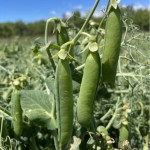
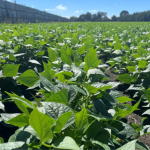

Community Engagement and Knowledge Sharing Strengthen the Carbon Positive Project
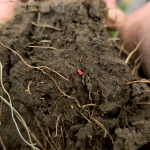
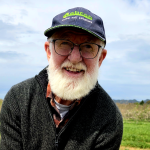
Farewell to Trustee Phil Schofield – A Foundational Leader of the HBFFCT
